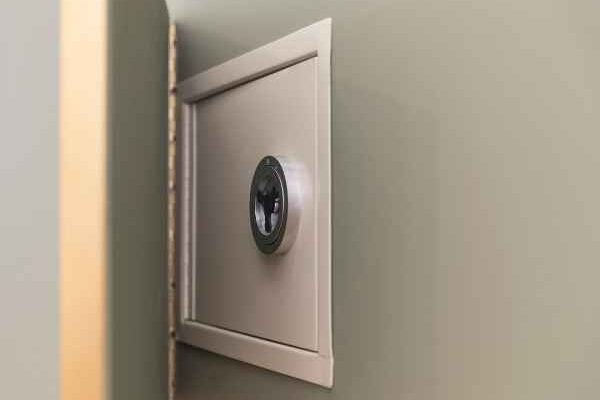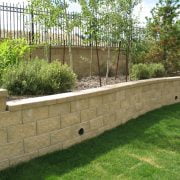Fire accidents have several harmful effects, which include loss of life, unwanted expenses, property damage, and loss of possession. These reasons lead property owners and security institution managers to create precautionary measures to prevent fire accidents.
Among these preventive measures is choosing a fire rating for security access doors. But what does fire rating in security access doors mean?
Fire Rating Overview
NFPA sets a series of fire codes based on the material’s flame spread index, a numerical value result of the materials for fireproofing applications with three classifications.
Class A
Class A fire rating refers to quick-to-burn but minimal fire-risk materials such as wood and paper. Fires from these materials have a slower burn or ignition speed than other materials that are more flammable and more likely to burn.
Class B
Class B fire ratings pertain to flammable liquid materials or products such as gasoline, grease, and oil, which all have a higher combustion rate.
Class C
Class C covers the materials or products that use electricity, such as cables and wires, machinery, HVAC system, refrigerator, and other electricity-powered products.
Why Are Fire-Rated Security Access Doors Important?
Government facilities, banks, laboratories, and even prisons use fire-rated security access doors to ensure the security and safety of the people inside the building. These access panels are necessary to prevent fire emergencies and, at the same time, protect important documents, tools, systems, and even wirings from any authorized access.
NFPA also requires hotels, high-rise buildings, schools, and industrial buildings to use materials that follow specific fire codes. Talk to your building manager and engineers to ensure that the materials best suit your building’s needs, as they need to consider the location, purpose, construction type, and the place’s area.
3 Fire Prevention Tips
Fire safety is a vital damage preventive measure that you need to consider to minimize a fire’s negative impact. Here are three ways how to reduce or prevent fire from occurring.
Fire Prevention
Fire prevention encompasses different actions or measures that can help you prevent fire accidents. Successful fire prevention steps include identifying products and materials that may pose or increases the building getting fire.
Wires, heating and cooling systems, generators, microwaves, toasters, dryers, and refrigerators need maintenance. They need regular service to check if there are technical, mechanical, or electrical problems that you need to address.
Following the local and national fire rules and regulations is also an excellent fire prevention step. The creation and formulation of fire codes help prevent the spread of fire, avoid property damage, and increase the safety of the people inside and outside the building.
Emergency Response Plan
A comprehensive plan for responding during emergencies due to natural disasters and fire ensures the building occupants’ and guests’ safety. The program will give them ideas on emergency procedures, evacuation systems, first aid, and proper training and drills to prepare them for emergencies.
Building managers and property owners must keep an updated, all-inclusive, and wide-ranging emergency plan to protect the occupants, whether they have mobility issues.
Fire Suppression
Preventing a fire from spreading is essential to avoid injury and additional property damage. Fire suppression includes fire systems that detect smoke, heat, and fire quickly. You can connect to a highly advanced alarm system to notify the whole building and fire responders simultaneously.
In addition to fire alarms and extinguishers, you may also fireproof and mount fire extinguishers in fire-prone areas to support and reinforce the existing fire-preventive materials.
Things to Consider When Choosing A Fire-Rated Security Access Door
Choosing the best access door to secure important files, documents, systems, and wirings can be time-consuming. However, you can quickly identify the best fire-rated security access panel by answering the questions below.
- Why do you need to install a fire-rated security access door?
- Where will you mount the access door?
- What access door surface will you use?
- Are the surfaces where you will install the access panel fire-rated?
By answering these questions, you can easily find the right access door that suits NFPA’s requirements.
Fire rating in security doors means that the access door has undergone and passed a series of heat and fire resistance tests. The fire rating feature on the security access door indicates that the door can effectively secure and protect vital wiring, cables, and systems.
Depending on the fire code, the fire resistance properties of the access door can save them for up to three hours maximum during fire occurrences.













Comments